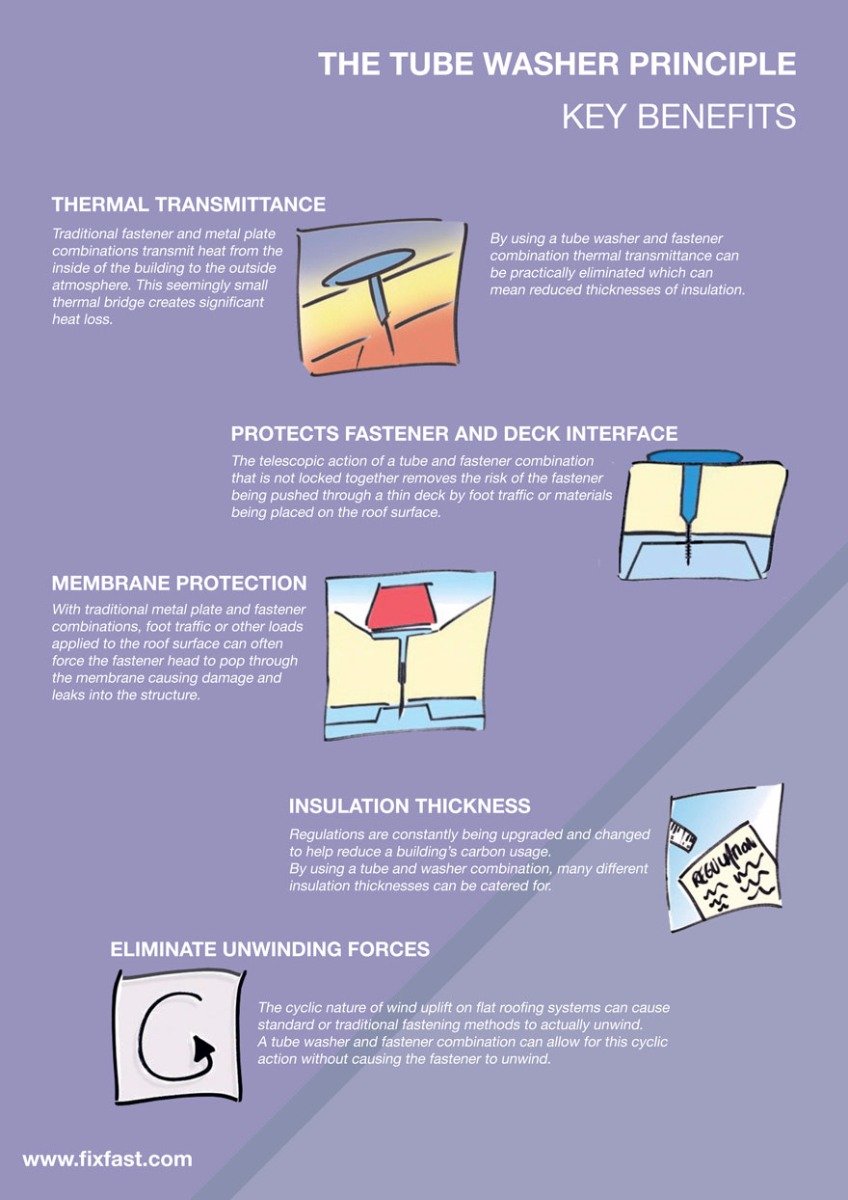Disregarding Roofing System Air Flow Can Result In Expensive Fixings; Reveal The Essential Factors To Consider That Ensure Effective Installation And Maintain Your Financial Investment
Disregarding Roofing System Air Flow Can Result In Expensive Fixings; Reveal The Essential Factors To Consider That Ensure Effective Installation And Maintain Your Financial Investment
Blog Article
Short Article Composed By-Hermansen copyright
When you're tackling a roofing project, you may not assume much regarding roof air flow, however it's more essential than you recognize. Effective ventilation assists regulate temperature level and dampness in your attic, protecting against troubles like mold and mildew and structural damage. By comprehending exactly how to develop and install a balanced ventilation system, you can boost energy efficiency and prolong the life expectancy of your roof covering products. So, what are the crucial elements to consider throughout installation that can make all the difference?
Significance of Roof Covering Air Flow
Roof covering air flow plays a vital role in preserving the total wellness of your home. By allowing fresh air to flow via your attic, it aids manage temperature and dampness levels. This equilibrium is vital to stop heat build-up during hot months, which can result in enhanced power prices as your air conditioning works overtime.
Furthermore, correct ventilation dramatically decreases the threat of moisture-related issues like mold and mold. If moisture degrees rise, your home's architectural integrity can be endangered, causing costly repairs. You would not intend to deal with decomposing wood or deformed roof covering products, right?
Furthermore, adequate air flow expands the life expectancy of your roof. When warmth and moisture are kept in check, your roof can do efficiently, avoiding early wear and tear. This suggests fewer frustrations and costs down the line.
How Roof Covering Air Flow Works
Reliable roofing system ventilation depends on the all-natural movement of air to create an equilibrium between consumption and exhaust. When you set up vents, you're basically allowing fresh air to enter your attic room while making it possible for warm, stale air to leave. This process aids manage temperature and wetness levels, avoiding concerns like mold development and roofing system damages.
Consumption vents, generally found at the eaves, pull in cool air from outdoors. At the same time, exhaust vents, located near the ridge of the roof covering, allow hot air rise and exit. The difference in temperature level produces an all-natural airflow, called the stack result. As best kitchen remodel contractors heights tx , it develops a vacuum cleaner that draws in cooler air from the reduced vents.
To enhance this system, you require to guarantee that the intake and exhaust vents are correctly sized and placed. If the intake is limited, you won't attain the wanted air flow.
Likewise, san antonio remodeling company can catch heat and wetness, causing possible damages.
Key Setup Considerations
When setting up roof covering air flow, several key considerations can make or break your system's performance. Initially, you need to evaluate your roofing system's layout. The pitch, form, and materials all affect air movement and ventilation option. Make certain to select vents that match your roofing type and neighborhood environment problems.
Next, consider the placement of your vents. Ideally, you'll want a well balanced system with intake and exhaust vents placed for optimal air flow. Location intake vents short on the roof covering and exhaust vents near the height to motivate a natural circulation of air. This arrangement aids stop wetness accumulation and promotes power efficiency.
Do not ignore insulation. Correct insulation in your attic room prevents warm from running away and maintains your home comfortable. Make sure that insulation doesn't block your vents, as this can impede air movement.
Last but not least, think of maintenance. Select ventilation systems that are very easy to gain access to for cleansing and assessment. Routine upkeep ensures your system remains to work efficiently over time.
Final thought
To conclude, roofing system ventilation is essential for a successful installment. By guaranteeing proper air flow, you can protect against warmth build-up and dampness concerns that result in pricey damage. When you strategically placement consumption and exhaust vents, you improve power effectiveness and prolong the life expectancy of your roofing system. Remember, a well-ventilated roof not only secures your investment but also improves your interior air top quality. So, prioritize ventilation to make certain a resilient and affordable roof for your home.
